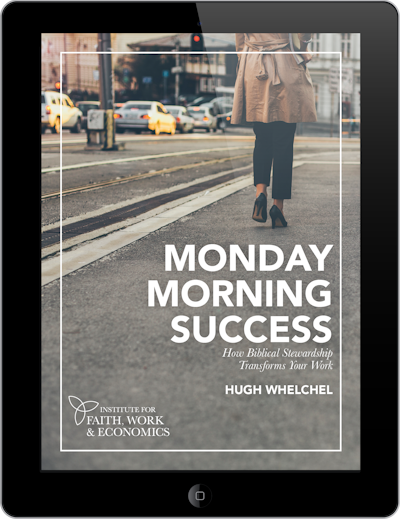Editor’s Note: This is excerpt is from an article originally published by Discourse Magazine and is republished with permission. Read the full article here.
A lot of media attention and political buzz surrounds cases like 303 Creative v. Elenis that rise to the level of the Supreme Court. The First Amendment states that “Congress shall make no law respecting an establishment of religion, or prohibiting the free exercise thereof,” so many of us are left thinking that, in practice, religious liberty is well protected at the federal level. But many policies that most affect religious liberty actually happen at the state level.
According to the statistical index and data project Religious Liberty in the States (RLS), there is significant variation in how well states protect the religious liberty of their residents. The latest edition of the index, a project of the Center for Religion, Culture & Democracy, takes into account 34 items constituting 14 distinct safeguards of religious exercise. While the variation across states (both in aggregate and in the details) is great, there is one notable similarity: All 50 states have room for improvement, with a majority of states having implemented less than half of the RLS safeguards.
Many states do well on at least some items tracked by RLS, however. The vast majority (47) safeguard the right of individual healthcare practitioners to refuse participation in abortion procedures; 44 states allow religious exemptions from the childhood immunization requirements all states have for school-aged children; 43 states allow private hospitals to refuse to provide abortion procedures; and 39 states offer absentee voting for reasons of religious observance (or for no reason at all).
Because the RLS index measures states against what other states are doing, it’s easy to see what states can do to improve their RLS index scores and, more importantly, how to expand religious liberty for their residents. RLS tracks many items that are currently implemented by very few states, but they can all be feasibly implemented because at least one state has done so. Items are selected for RLS if present in at least one state (like the aforementioned Mississippi law), so the states actually define the possible frontier of religious safeguards. They also provide examples of legislative language, now organized within RLS’s public data archive, for use by lawmakers and state-level religious liberty advocates.
One of the rarest safeguards, codified by only eight states, exemplifies America’s pluralist ethos: General healthcare conscience laws provide refusal rights to healthcare practitioners and institutions who would, for any reason of conscience, elect not to participate in a healthcare service. (Note that the decision is based on a healthcare procedure or service, not the identity of a patient.) These laws do not specify any particular religion, nor do they narrow the refusal right to a certain set of services. This is the sort of impersonal law fans of liberty should champion, but it has also been politically fraught, often being confused with discrimination.
But it’s not just the hot-button political issues that deserve more attention from states. Oddly enough, only 12 states require schools to excuse absences for students who participate in religious instruction. This should be low-hanging fruit, and since all states have compulsory schooling laws, it’s a no-brainer for those who want to preclude the state from prohibiting the free exercise of religion.
Protecting Fundamental Rights
For states that want to be proactive about ensuring their residents’ religious liberty, the best solution is for state and local governments to demonstrate their unwavering commitment to liberty, including the freedom to live according to one’s conscience. The most credible way to do this is by simply refraining from actions that encroach upon individual rights, thus allowing individuals and communities to freely and sincerely engage in religious practices in their daily lives.
In fact, by simply preserving private enterprise and respecting so-called negative liberty (especially by limiting the use of government’s coercive power), states can avoid the sometimes unpredictable and often widely dispersed burden of their laws without even focusing on religious liberty, per se. Upholding the fundamental right to liberty, even in the mundane case of ever-shrinking property rights (such as ownership of a wedding website), helps reduce the increasingly prevalent competing rights claims made in our pluralist society. In other words, safeguarding individual liberty both protects religious liberty and minimizes the occurrence of legal disputes and the need for controversial Supreme Court opinions.
